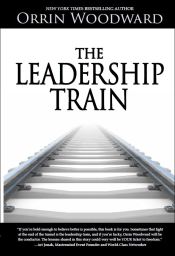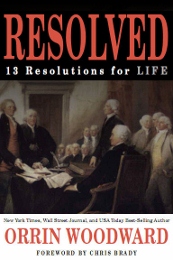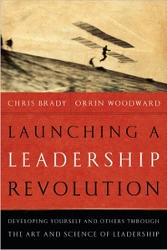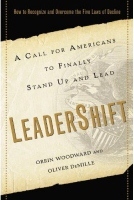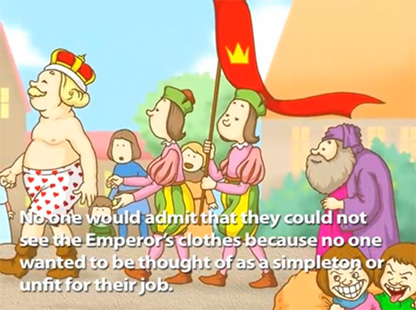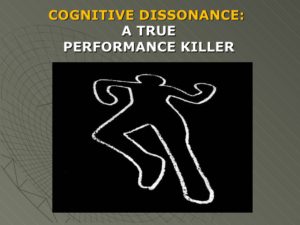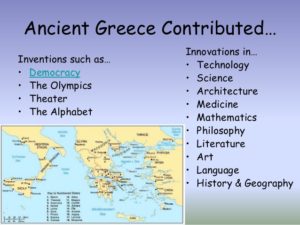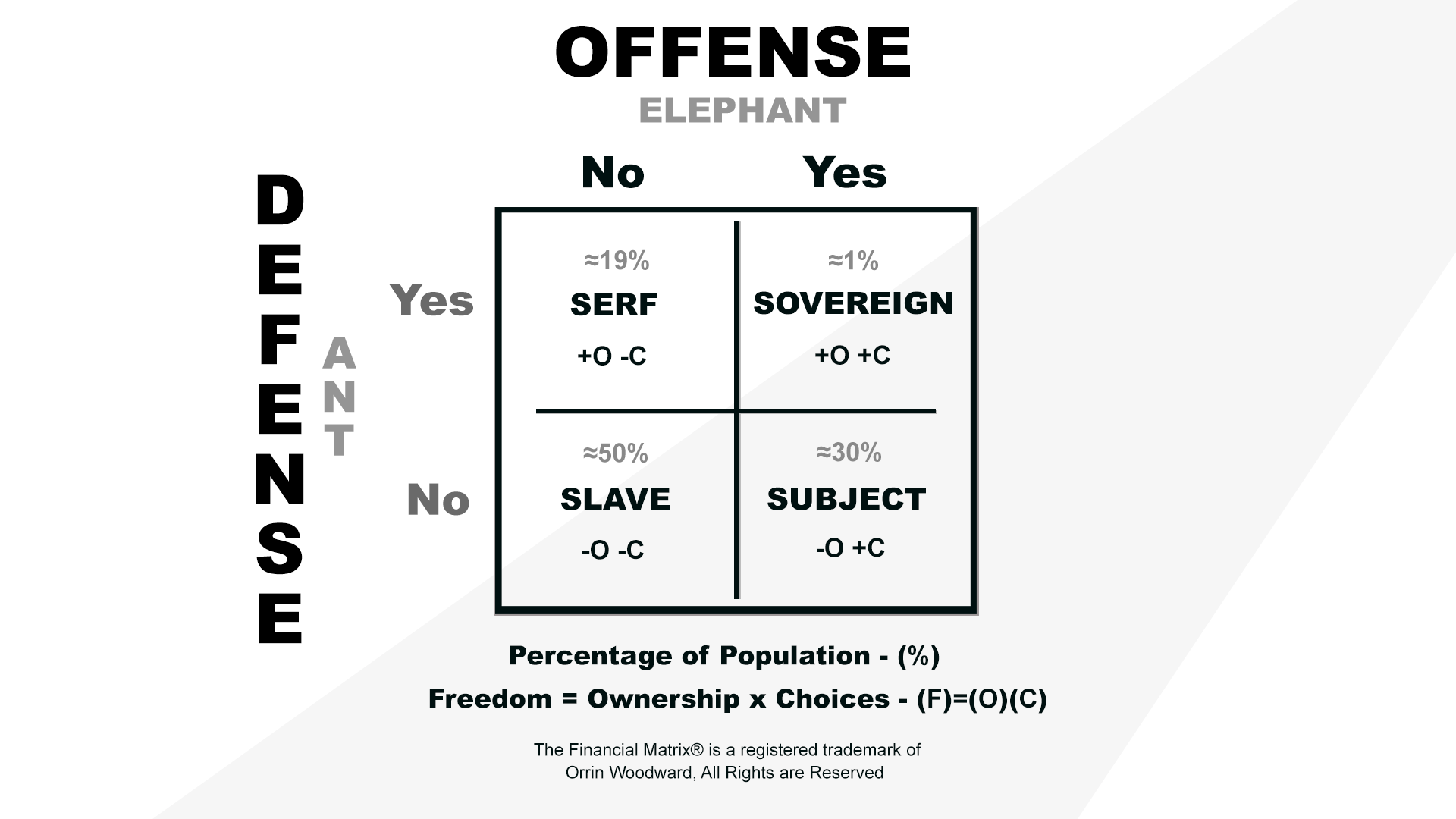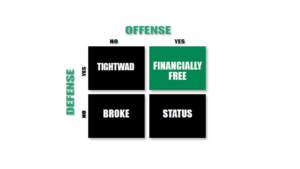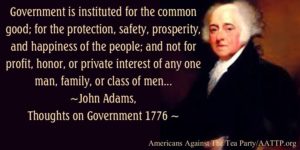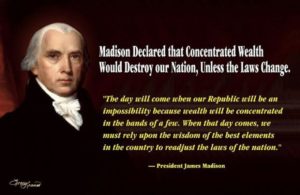The longer I live, the more I realize the importance of a concept seemingly forgotten in today’s post-modern age, namely, experiences are many but principles are few. Persistence, for instance, is a principle that winners apply to many different experiences. After all, it takes time to master the thinking and skills necessary to produce excellence in any area. To use one example, true love is rare because it is not a wild flower blossoming overnight; instead its the fruit produced after years of cultivation through serving and encouraging another human being. Unfortunately, the principle-centered perspective, to put it mildly, has fallen on hard times.
Indeed, one of the greatest insights on my leadership journey was learning to view particular experiences through the lens of the underlying general principle. That is to say, although a person has a myriad of particular experiences throughout life, he would be surprised how few underlying principles are involved in all of the experiences. In fact, the reason I wrote RESOLVED, was to reveal how 13 Resolutions can apply to practically any experience a person has in life. Once understood, the thousands of issues a person faces in life can be boiled down to principles to be applied consistently. This is revolutionary for mastery of 13 resolutions (and the few principles behind the resolutions) is much easier than memorizing the proper course of action in the thousands of individual experiences without the master code.
Not surprisingly, these concepts are not new, for over 2,000 years ago Plato explained in his cave example how most people merely look at shadows reflected upon the wall rather than turnaround to see the actual objects. Plato, in short, taught a person to look for the underlying principles within reality to stop merely living a life of shadows. I explain all of this as background information to one of the greatest fishing experiences that occurred in my life last week.
On a sunny Saturday morning, Captain Bill Howard was readying the DreamBuilder II for our fishing expedition while my beautiful daughter, Christina, and I discussed our plan for the day. She had taken the day off to go fishing with her dad, hoping to finally catch a Sailfish, a fish that had eluded us for over ten years. Of course, even if we didn’t catch one, we would still settle for some big Mahi-Mahi like I had caught the week before. Still, the dream was centered on catching a Sailfish, the fish that built the reputation of Stuart, FL, as the Sailfish capital of the world. What makes the Sailfish so special? For one thing, Sailfish are the fastest fish in the ocean reaching speeds in excess of 70mph. For another, Sailfish have incredible aerial acrobatics and will fight with everything in them to escape. The typical south Florida Sailfish averages 7ft in length and weighs between 35-40lbs; however, the big boys can surpass 8 feet and weigh over 50 pounds.
Clearly, the odds were against us. Despite fishing on average five times per year during the Sailfish season, I had NEVER caught a Sailfish, not even one. A cynical person would suggest I had no business taking my daughter out fishing for the dream fish since I had no results, but I knew the underlying principles in the quest. For past failures are not defeats but merely repeats with better information. Over the ten years of failure, Captain Bill and I had practiced the process I teach in RESOLVED of Plan, Do, Check, and Adjust, making every failed attempt a teachable moment on our way to victory. Between a better dredge line (fake fish that stir up the water while trolling), better bait, improved knowledge of drag settings, proper trolling speeds, and the best equipment money can buy, we had PDCA’d nearly every step of the process in the over ten years of failure.
Still, the facts were that after nearly fifty attempts, thousands of dollars of gas, and hundreds of hours, we had zero results. This is where another underlying principle of success comes in, namely, God’s delays are not God’s denials. Many times in life, the best things take time and God delays results until the principles are mastered. Because I understood this, I did not feel defeated nor dejected. If anything, I was more excited than ever, because I knew we had the best process yet to catch Sailfish. After catching a King Fish, a Blue Runner, a Sea Bass, and a baby shark, Christina and I asked to go trolling for the big ones. Early on, I knew something was different because we ran into a school of some mysterious fish that destroyed thee of our five baits. I say mysterious fish because I had caught plenty of Mahi-Mahi and had never seen us go through a school without a hooking up at least one.
Undaunted, we reset the baits and speculated on what type of fish we had run into. I asked Cap if he thought maybe it was a school of Sailfish. In his mid-sentence reply, we received our answer. One of our lines was hit with such violence that I though we would lose the pole. Line ripped out of the spool as I grabbed the pole, realizing this was something special. The speed and force of this beast sped away from the boat is indescribable! However, I still wasn’t sure if I had a Sailfish or a massive Wahoo, but my answer was not long in coming. After spooling out over 400 yards of line, an 8’ 2” Sailfish proceeded to leap out of the water, its majestic sail fin stretched to the max as it arched though the sky. Pandemonium is the only word I can say to describe the next 35 minutes as the Sailfish repeatedly jumped out of the water (seven times in total), rocketing itself into the air and dancing on its tail to escape the hook.
Thankfully, the drag was set properly, the correct hook was used, and the best pole was employed to help me bow the pole when the Sailfish launched himself into the air. The only problem was my left forearm exploded to twice its normal size as I sought to maintain the grip on the pole during the fracas. Fortunately, Cap gave me a ten minute breather in the middle so he could also experience the completion of a ten year plus dream. Finally, I was able to bring it up to the boat and Christina took several stunning pictures before we released him back into the water. The dream fish swam off and my thoughts drifted back to the underlying principles behind this amazing experience.
To achieve this dream, Cap and I applied several principles of success. First, anything great, anything truly worth accomplishing, demands persistence. Quitting is not an option for winners. Second, since Cap and I were not going to quit, we might as well improve from our failures. The PDCA process is the most honest process because it admits failure is a necessary for all success. In fact, show me someone who is not willing to fail and I will show you one of the biggest failures. In contrast, if a person refuses to quit and constantly changes to improve, then he is a walking success bomb, eventually exploding onto the scene even though it actually took years to do so. Learn the PDCA process and persist in life’s worthwhile goals and the reader will meet with a level of success few can even imagine.
How did a kid from Columbiaville, Mi, with no money, no connections, and no confidence escape the Financial Matrix and live the life of his dreams? Simply stated, I learned and applied great principles by studying great people. Coach John Wooden, for example, taught me persistence when I learned he coached for over twenty-five years before he won his first NCAA tournament. Sure, he won 10 NCAA championships in his last 12 years, but do you realize it took 27 years to win his first one? Everyone seems to remember the last twelve years, but few realize his first quarter century of failure made him who he was. The same is true for the reader. Do you have a dream and are getting hit with failure after failure? GREAT! You are right on track compared to my Sailfish experiences and Wooden’s coaching experiences.
The question is: are you getting bitter or better? Winners get better and losers get bitter. Losers, in other words, aren’t people who lose, but people who react wrong to losing. If you are losing and getting better, then your victory is nearer today than ever before. Because I learned the underlying principles involved, no matter how many failed Sailfish attempts I experienced, I knew I was closer to victory than ever before when I took my daughter out for a Saturday morning fishing excursion. The results speak for themselves.
Sincerely,
Orrin Woodward: LIFE Chairman of Board
